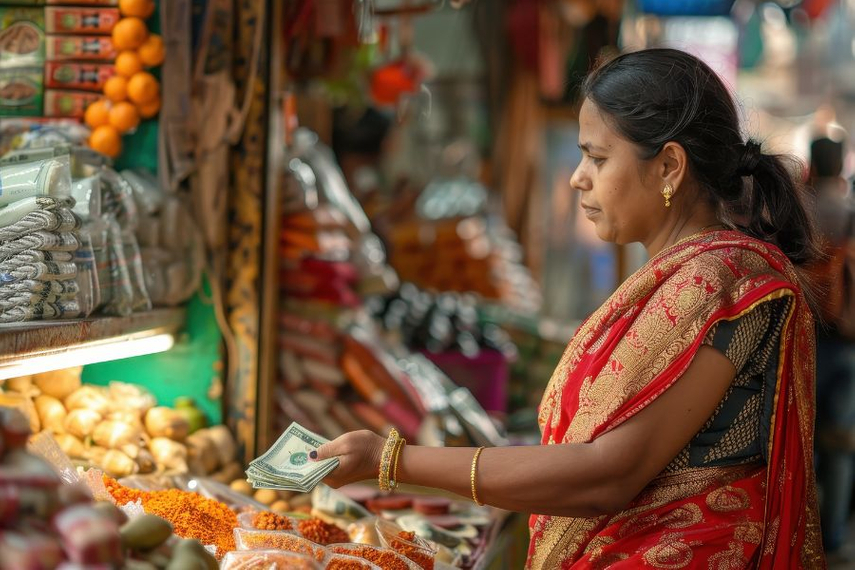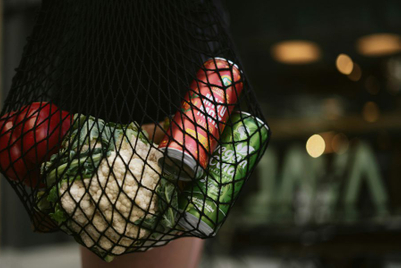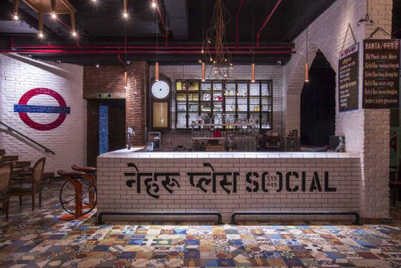
In the world of fast-moving consumer goods (FMCG), understanding and catering to regional preferences is crucial for success. Urban and rural areas often exhibit different patterns in consumption behaviour.
Recent data from NielsenIQ (NIQ) indicates a significant shift in this trend. As per estimates, the volume growth of the FMCG industry in rural markets surged by 7.6% year-on-year in the March quarter of CY24, surpassing urban volume growth which stood at 5.7%.
This departure from the previous trend, where urban centres had been the primary drivers of consumption growth, underscores the importance of adapting FMCG strategies to accommodate rural market dynamics as well. By recognising these differences and aligning products and marketing strategies accordingly, FMCG brands can better meet the diverse needs of their customer base across urban and rural areas.
Understanding city trends
City dwellers lead fast-paced lives, balancing work, family, and social commitments. As a result, they prioritise convenience in their purchases, opting for products that save time and effort. This preference has led to a high demand for ready-to-eat meals, quick snacks, and on-the-go beverages in urban areas. FMCG brands can cater to this need by offering easy-to-prepare food options and convenient packaging that fits into busy schedules.
Urban consumers are also increasingly becoming health-conscious, making informed choices about their diet and lifestyle. They look for products that are organic, low in fat, sugar, and salt, and free from artificial additives.
FMCG brands can capitalise on this trend by offering healthier alternatives, such as whole grain snacks, natural sweeteners, and preservative-free products. Clearly highlighting these health benefits on packaging can attract health-savvy urban buyers.
Moreover, urban markets are more receptive to new and innovative products. Consumers in cities enjoy experimenting with new flavours, ingredients, and product formats. Brands can leverage this openness by introducing limited editions, unique flavours, and trendy ingredients that cater to the adventurous palate of urban shoppers. This approach not only keeps the product line-up fresh and exciting but also encourages brand loyalty among city consumers.
It has been observed that urban customers are more likely to use digital platforms for shopping and interacting with brands. In India, 80% of internet users in urban areas rely on e-commerce sites to research products online.
Additionally, 25% of these users visit e-commerce portals to gather information about products they ultimately buy in physical stores. Effective use of social media, e-commerce, and digital advertising is essential for reaching this tech-savvy audience.
Brands should maintain a strong online presence, engaging with customers through various digital channels, including social media campaigns, influencer partnerships, and targeted online advertisements. Offering seamless online shopping experiences and utilising data analytics to understand consumer preferences can further enhance digital engagement with urban consumers.
Understanding rural traditions
Rural consumers tend to be more price-sensitive compared to their urban counterparts. They seek products that deliver high quality at an affordable price, making value for money a crucial factor in their purchasing decisions.
Value packs are particularly appealing in rural areas, where families often prefer buying larger quantities to save money. Brands can gain a competitive edge by offering economical options that do not compromise on quality.
Brand loyalty is strong among rural shoppers, who prefer sticking to products that they have used and trusted over time. Establishing and maintaining this trust is essential for success in rural markets.
Consistent product quality, reliable performance, and positive word-of-mouth recommendations are key to building this loyalty. FMCG brands can foster trust through community engagement and by leveraging local influencers to endorse their products.
Cultural and traditional influences also play a significant role in shaping consumer preferences in rural areas. Products that align with local tastes and traditions are more likely to be embraced.
For instance, in the food sector, incorporating traditional flavours and ingredients that resonate with local cuisines can drive popularity and sales. Understanding and respecting these cultural nuances is critical for brands aiming to connect with rural consumers.
Despite the growing reach of digital technology, many rural consumers still rely heavily on traditional retail outlets for their shopping needs. Brands should prioritise building robust distribution networks to ensure their products are readily available in local stores.
Traditional advertising methods, such as radio broadcasts, local newspapers, and community events, remain highly effective in reaching rural audiences. Tailoring marketing strategies to these mediums can help brands effectively communicate with and engage rural consumers.
Aligning FMCG brands with regional preferences
To thrive in diverse markets, FMCG brands must adopt customised approaches that cater to the distinct preferences and needs of urban and rural consumers. By implementing region-specific strategies, they can enhance their market penetration and customer loyalty.
FMCG brands must conduct comprehensive market research to uncover the unique needs and preferences of urban and rural consumers. Utilising surveys, focus groups, and data analysis can provide valuable insights into regional purchasing behaviours. Understanding these differences is essential for tailoring products and marketing strategies effectively.
FMCG brands should adapt their products to meet regional tastes and requirements. This involves offering different flavours, sizes, or packaging options tailored to urban and rural markets.
For example, in urban areas, small, portable packaging can cater to the on-the-go lifestyle, while in rural areas, larger, economical packs are often preferred due to their cost-effectiveness and practicality for larger families.
FMCG brands must craft marketing campaigns that resonate with the target audience in each region. Personalising the marketing approach to the specific preferences of each demographic can significantly enhance brand appeal.
For urban consumers, brands should emphasise convenience, innovation, and health benefits in their messaging. For rural customers, it is crucial to focus on quality, value for money, and alignment with traditional values.
FMCG brands need to ensure that their products are easily accessible to both urban and rural consumers. In cities, brands must leverage modern trade channels such as supermarkets, convenience stores, and online platforms to reach a tech-savvy audience. In rural areas, focusing on traditional retail outlets and local distributors is essential to ensure widespread availability. Building a strong distribution network is crucial to penetrate diverse markets.
Tailoring campaigns to stitch loyalty
For FMCG brands, it is crucial to consistently deliver high-quality products and exceptional customer service to build a loyal customer base. Brands should encourage satisfied customers to share their positive experiences and utilise testimonials and endorsements from local influencers to strengthen their brand’s reputation in both urban and rural markets. Trust and reliability are key factors that can differentiate an FMCG brand in competitive markets.
Aligning an FMCG brand with regional preferences involves understanding the unique needs and behaviours of urban and rural consumers. By tailoring products, marketing strategies, and distribution channels to cater to these differences, brands can effectively reach and engage their target audiences. Embracing the diversity of city trends and rural traditions allows a brand to build a strong, versatile presence that resonates with consumers across different regions.
Kush Aggarwal, head of marketing, Bikano



.jpg&h=268&w=401&q=100&v=20250320&c=1)
.jpg&h=268&w=401&q=100&v=20250320&c=1)


.png&h=268&w=401&q=100&v=20250320&c=1)



